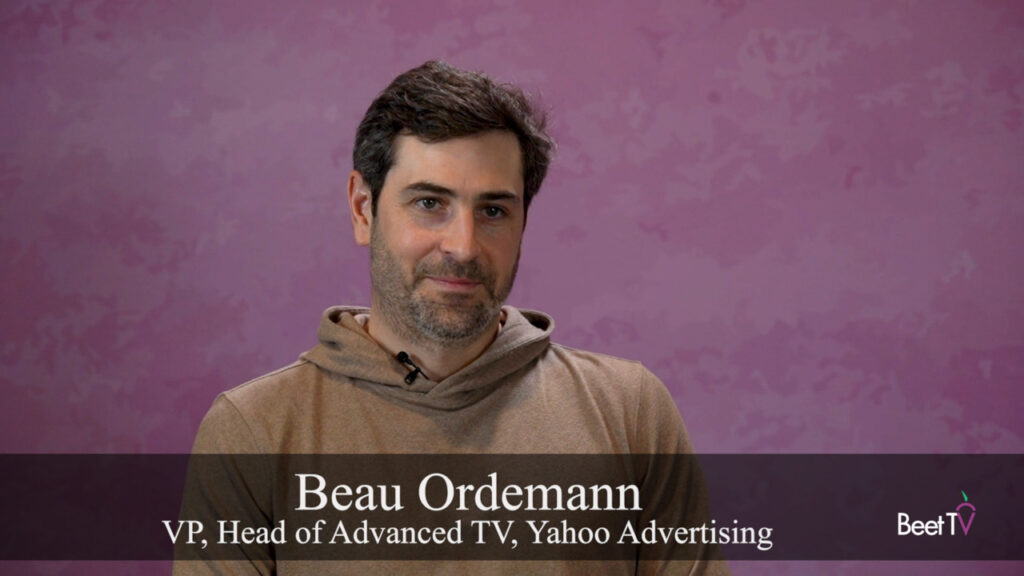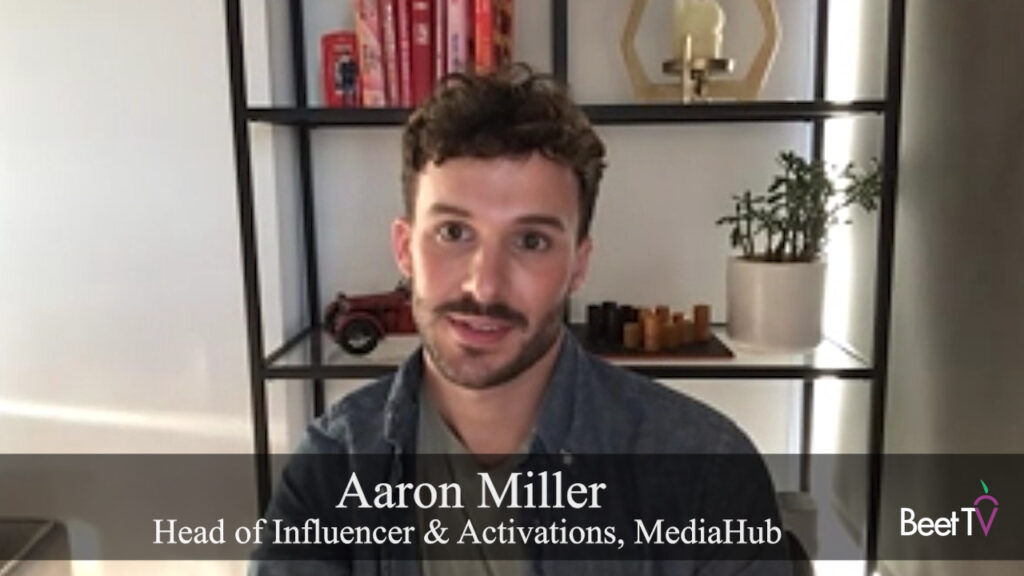To cut to the chase on a clinical survey about consumer perceptions of ads on mobile phones, let’s just say that full-page interstitials are not well liked. Mobile video advertising platform Receptiv discovered this when it used 62 people as test subjects in conjunction with neuroscientists and Toronto company True Impact.
“We were curious about how people actually behave when they are presented by an ad experience,” Receptiv President & Global CRO Richard Kosinski says in this interview with Beet.TV at the Digital Content NewFronts.
That curiosity was sated by equipping the test subjects—who thought they were testing a new software app—with brain activity scanners and eye-tracking glasses. During the test, the participants were shown full-page, interstitial video ads and embedded, opt-in video ad units.
“People find full-page, interstitial units to be annoying, interruptive and disruptive to their experience,” Kosinksi explains. “They don’t like them. They use negative feedback.”
When they experienced the embedded, opt-in video ad units, “They found those to be joyful, helpful. They were generally positive.”
A second major finding from the research involves the disparity in time spent watching the ads. “When people were served a full-page interstitial, they watched 25 percent of the video through to completion,” Kosinksi says. “But when they were presented with this embedded, opt-in format 90 percent of them watched the video through to completion.”
Finally, the subjects spent three times more time with a brand in the embedded, opt-in format. Of a total of 40 seconds, 19 of those were spent understanding the ad unit and reading through it, then 21 seconds “with the brand itself.” But as soon as people were served a full-page interstitial, “They spent two seconds looking at the ad and then maybe seven seconds with the brand,” says Kosinski.
As if more evidence was needed about users’ lack of affinity for full-page interstitials, two-thirds of people who were served them didn’t bother to turn their phones to the horizontal, even though the ad format was meant to be seen horizontally.
“They watched it sideways,” Kosinski says. “I’m pretty sure it wasn’t designed to be a sideways observed ad.”
This video is part of Beet.TV’s coverage of the IAB’s Digital Content NewFronts 2017. The series is sponsored by the IAB. For more videos from the #NewFronts, please visit this page.


























